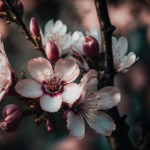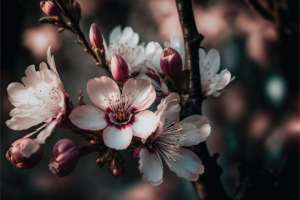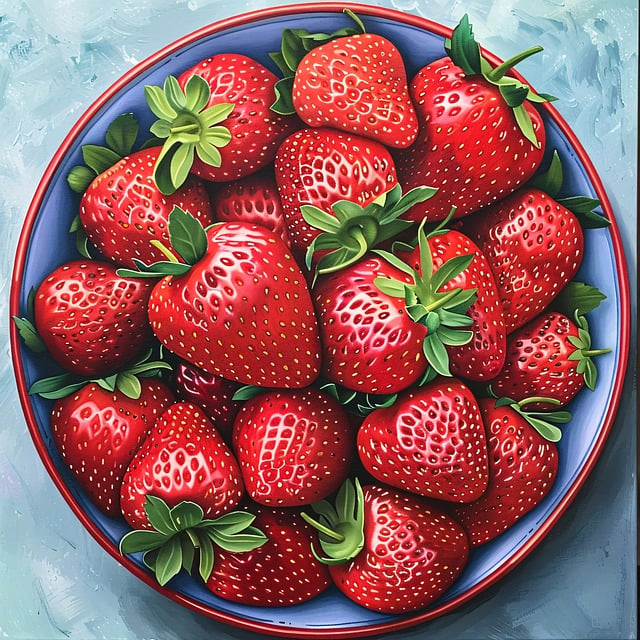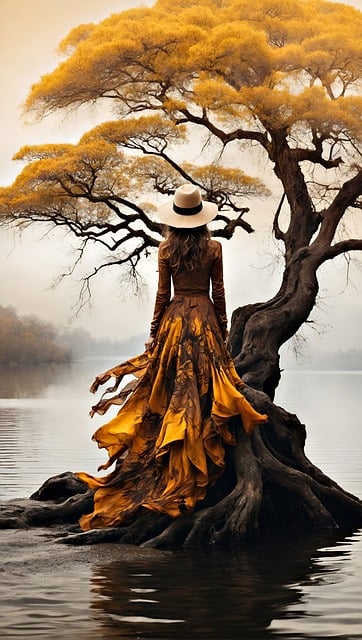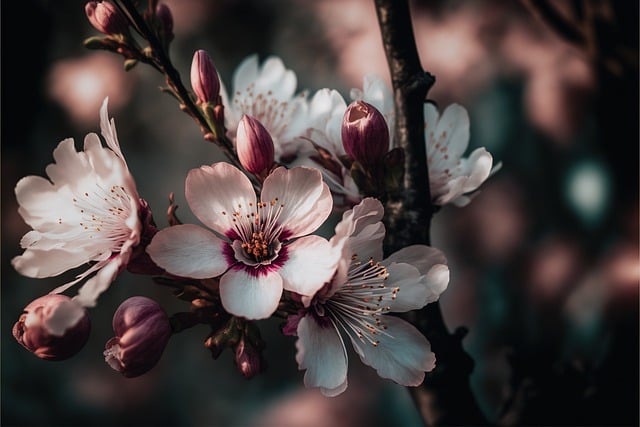Flowers have long been admired for their beauty and diversity, captivating the hearts of many with their vibrant colors and intricate designs. Beyond just their aesthetic appeal, flowers play a crucial role in both nature and culture, serving as a symbol of love, celebration, and remembrance. In this article, we will explore the beauty and diversity of flowers, the importance they hold in both nature and culture, and provide some tips for growing and caring for your own beautiful blooms. Whether you have a green thumb or are looking to cultivate a new hobby, flowers are sure to bring joy and beauty into your life.
- 1. The Beauty and Diversity of Flowers
- 2. The Importance of Flowers in Nature and Culture
- 3. Tips for Growing and Caring for Your Own Beautiful Blooms
1. The Beauty and Diversity of Flowers
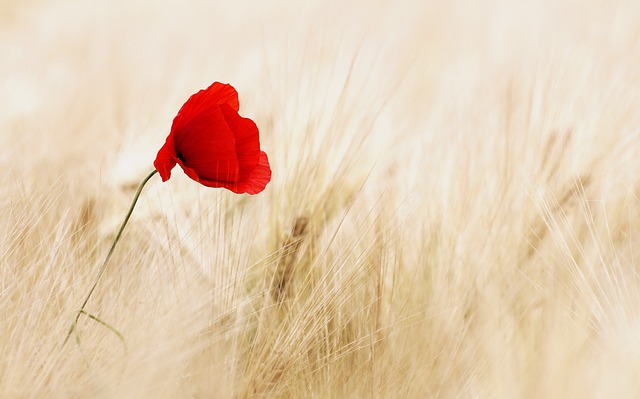
Flowers are renowned for their unparalleled beauty and diversity. From the vibrant colors of a blooming rose to the delicate petals of a daisy, each flower boasts its own unique characteristics that make it stand out in nature’s tapestry. The sheer variety of flowers found around the world is astounding, with different species adapting to various climates and environments. Whether found in a tropical rainforest or a desert oasis, flowers add a touch of beauty and elegance wherever they bloom. Their diversity not only extends to their physical appearance but also to their symbolic meanings and cultural significance. From being used in ceremonies and celebrations to serving as symbols of love and mourning, flowers hold a special place in human history and culture. The beauty and diversity of flowers serve as a reminder of the richness and wonder of the natural world.
2. The Importance of Flowers in Nature and Culture
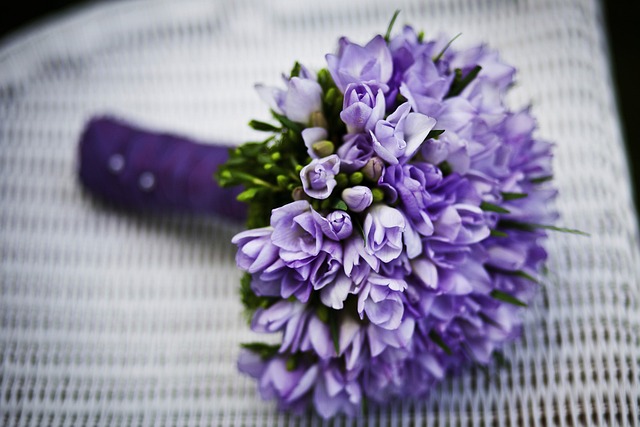
Flowers play a crucial role in both nature and culture. In nature, flowers are essential for the reproduction of plants through pollination. Bees, butterflies, birds, and other pollinators are attracted to the colorful blooms and sweet scents of flowers, helping to transfer pollen from one plant to another. This process ensures the continuity of plant species and the production of fruits and seeds.
In addition to their biological significance, flowers have also been deeply intertwined with human culture for centuries. They have been used in religious ceremonies, weddings, funerals, and other important events to symbolize love, purity, beauty, and various emotions. Different cultures and civilizations have assigned different meanings to specific flowers, with each bloom carrying its own symbolic significance.
Moreover, flowers have inspired artists, poets, and writers throughout history, serving as muses for countless works of art and literature. Their aesthetic beauty and delicate forms have captivated the human imagination and sparked creativity. In many societies, flowers have also been used as gifts to express love, gratitude, or condolences, further emphasizing their emotional and cultural value.
Overall, the importance of flowers in both nature and culture cannot be overstated. They not only support the ecosystem by facilitating plant reproduction but also enrich human lives through their beauty, symbolism, and emotional impact. Flowers truly hold a special place in the natural world and in the hearts of people around the globe.
3. Tips for Growing and Caring for Your Own Beautiful Blooms
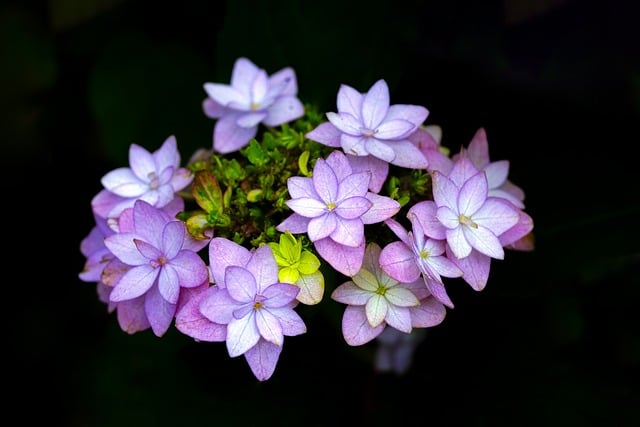
Growing and caring for your own beautiful blooms can be a rewarding and fulfilling experience. Whether you are a seasoned gardener or a beginner, following these tips can help you successfully cultivate your flowers:
1. Choose the Right Location: When planting flowers, it is important to consider the amount of sunlight, water, and soil quality they require. Make sure to place your flowers in an area that receives adequate sunlight and has well-draining soil to promote healthy growth.
2. Water Consistently: Proper watering is essential for the health of your flowers. Be sure to water your blooms regularly, especially during hot and dry weather. Avoid overwatering, as it can lead to root rot and other issues. A general rule of thumb is to water deeply but infrequently, allowing the soil to dry out slightly between watering.
3. Prune and Deadhead: Regularly pruning and deadheading your flowers can help promote new growth and encourage blooming. Remove any faded or wilted flowers to prevent the plant from putting energy into seed production. Pruning also helps maintain the shape and overall health of the plant.
By following these tips and giving your flowers the care and attention they need, you can enjoy a garden full of beautiful blooms throughout the growing season. Remember to research the specific care requirements of the flowers you are growing to ensure they thrive in your garden.



